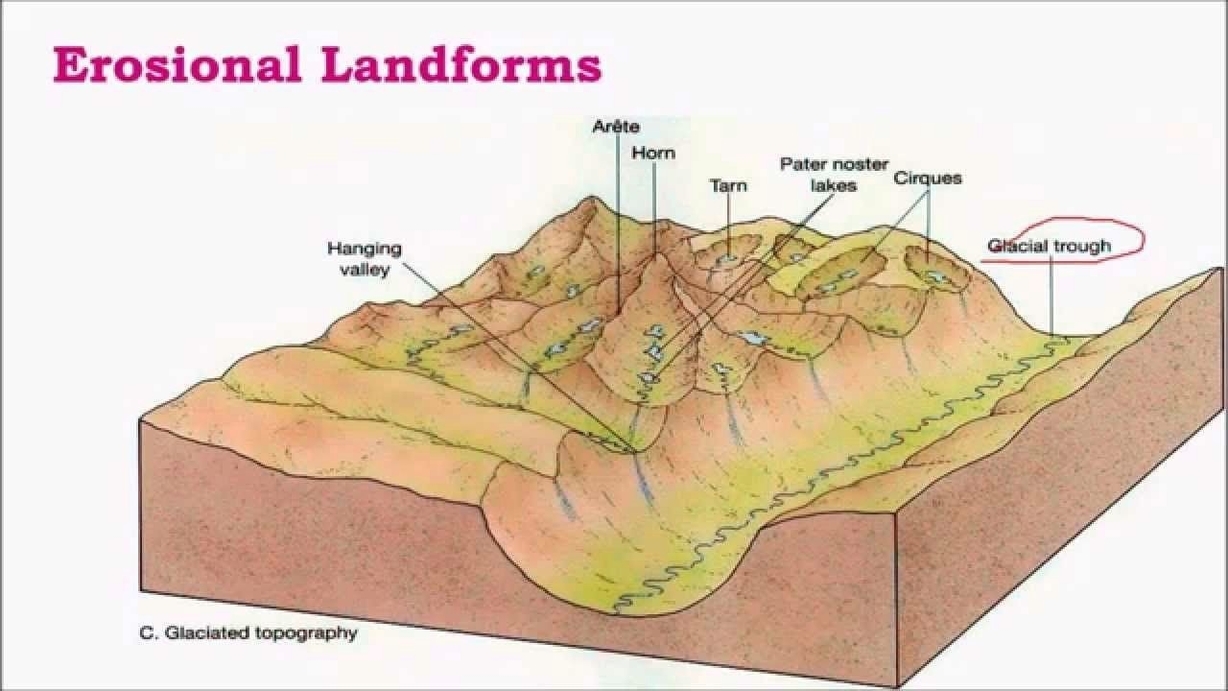
A cirque is a geological structure that forms when a glacier erodes a bowl-shaped depression on the side of a mountain or valley. Cirques are common features in many mountain ranges around the world, and they often contain lakes or tarns at their base. Cirques are also important sites for snow accumulation and glacier formation.
The process of cirque formation involves several steps. First, a pre-existing hollow on the mountain slope becomes filled with snow, which gradually compacts into ice. This ice then starts to move downhill under the influence of gravity, carving out more rock material from the hollow. The ice also erodes the lower part of the headwall, which is the steep cliff that surrounds the cirque. The headwall can also retreat due to frost action, freeze-thaw cycles, and mass movement. As the ice melts and thaws, it carries away the eroded debris, leaving behind a smooth and overdeepened valley floor. The cirque is then exposed when the glacier retreats or disappears.
There are different types of cirques, depending on their shape, size, and location. Some of the common types are:
– Simple cirques, which are isolated and independent features.
– Compound cirques, which consist of two or more simple cir
